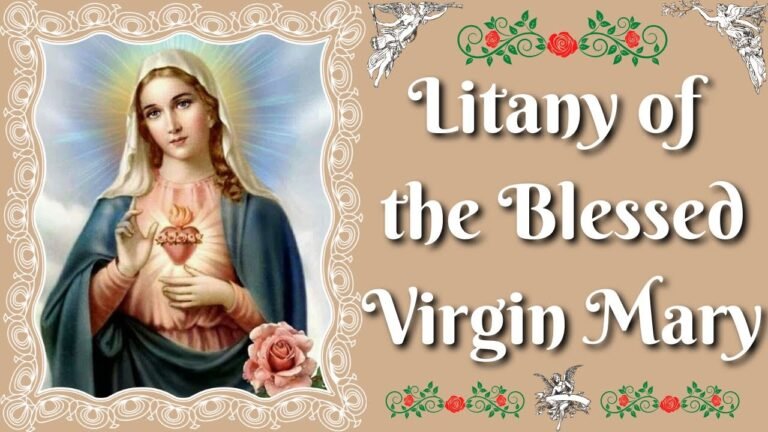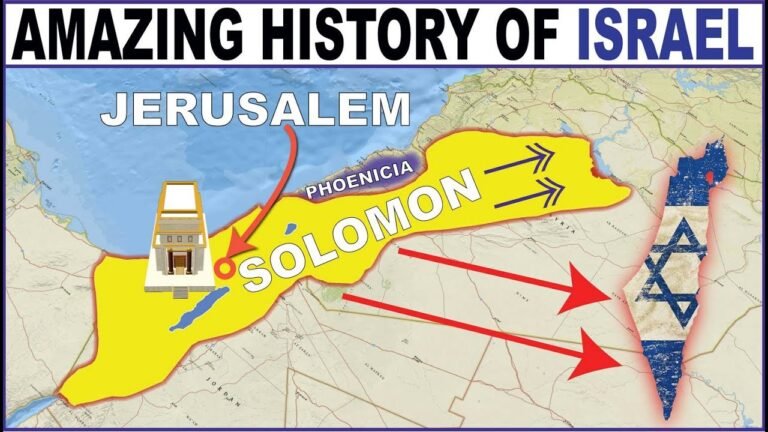The Enduring Significance of the Peace Symbol
The significance of the peace symbol transcends its simple design, embodying a powerful message that has resonated through decades of social movements and cultural shifts. Originally created in the late 1950s for the Campaign for Nuclear Disarmament, this emblem has evolved into a universal representation of harmony and non-violence. Its presence can be seen in protests, art, and fashion, serving as a reminder of humanity’s enduring quest for tranquility amidst conflict. As we explore the multifaceted meanings behind this iconic symbol, we uncover its role in inspiring generations to advocate for a more peaceful world.
What does the sign of peace signify?
The sign of peace holds a profound significance within the tradition of the Roman Rite, serving as a meaningful gesture that embodies peace, communion, and charity among the congregation. Unlike other practices that may imply reconciliation or the remission of sins, this ritual emphasizes the unity and harmony that should exist among the faithful before they partake in the Most Holy Eucharist. By exchanging a simple sign of peace, individuals express their commitment to fostering a spirit of togetherness and love, setting a sacred tone for the sacramental experience that follows.
What is the story behind the peace symbol?
The peace symbol, recognized worldwide, has a rich history rooted in the anti-nuclear movement of the late 1950s. It originated from the semaphore signals representing the letters “N” and “D,” which stand for “nuclear disarmament.” This clever design was first noted in the Manchester Guardian in April 1958, capturing the essence of a burgeoning desire for global peace.
Over the decades, the peace symbol has transcended its original context, evolving into a universal emblem of hope and non-violence. Its simple yet powerful design resonates with diverse groups advocating for social justice, environmental protection, and human rights. The symbol’s versatility has allowed it to remain relevant, adapting to various movements while maintaining its core message of harmony.
Today, the peace symbol is not just a relic of the past; it continues to inspire generations to pursue a world free from conflict and nuclear threats. By embodying the spirit of collective action and solidarity, it serves as a reminder that the fight for peace is ongoing and requires the commitment of individuals and communities alike. Through its enduring presence, the peace symbol encourages us all to envision a brighter, more peaceful future.
What does peace ☮ mean?
The peace symbol, represented by ☮, embodies the universal desire for harmony and the rejection of conflict. Originally designed to advocate for peace during the nuclear disarmament movement, this iconic emblem has transcended its roots to become a powerful statement against war in all forms. Its simplicity resonates deeply, reminding us that the pursuit of tranquility is a shared aspiration across cultures and generations, urging individuals to foster understanding and cooperation in an often tumultuous world.
A Timeless Emblem of Hope and Unity
The dove, often seen gliding gracefully across the sky, has long been a powerful symbol of peace and hope. Its gentle presence evokes feelings of serenity and warmth, reminding us of the possibility for harmony in a world often fraught with discord. This emblem transcends cultural boundaries, representing a universal desire for understanding and cooperation among all people. Whether depicted in art, literature, or religious texts, the dove serves as a beacon of optimism, encouraging us to seek common ground and foster a spirit of unity.
In times of strife and uncertainty, the image of the dove offers solace and inspiration. It calls upon humanity to rise above our differences and come together in pursuit of a brighter future. As we navigate the complexities of modern life, the dove reminds us that hope is not merely an abstract concept but a tangible force that can drive meaningful change. By embracing the principles of peace and collaboration that the dove embodies, we can work collectively to build a more inclusive and compassionate world for generations to come.
The Peace Symbol: A Legacy of Change
The peace symbol, originally designed in 1958 for the Campaign for Nuclear Disarmament, has transcended its roots to become a universal emblem of hope and change. Its simple yet striking design—a circle enclosing a downward-pointing fork—conveys a powerful message of harmony and non-violence. Over the decades, it has been embraced by various movements advocating for civil rights, environmental protection, and social justice, solidifying its status as a beacon for those seeking a better world.
Today, the peace symbol resonates across cultures and generations, reminding us of the ongoing struggle for equality and understanding. Its presence in art, fashion, and protests highlights the enduring desire for unity amidst division. As we navigate the complexities of modern society, the peace symbol serves as a timeless call to action, inspiring individuals to stand up for their beliefs and work collaboratively towards a more peaceful and just future.
From Protest to Acceptance: Its Journey
The journey from protest to acceptance is a remarkable narrative of societal evolution, driven by resilience and dialogue. Initially, movements began as loud and passionate expressions of discontent, challenging longstanding norms and advocating for change. Activists mobilized communities, sparking conversations that ignited a collective awareness of the injustices faced by marginalized groups. These protests were not just reactions; they were catalysts for reflection, pushing society to confront uncomfortable truths.
As the fervor of protest gained momentum, the focus gradually shifted from confrontation to collaboration. Advocates and opponents alike began to engage in meaningful discussions, fostering a deeper understanding of diverse perspectives. This shift marked a pivotal moment where dialogue replaced dissent, allowing for the exploration of common ground. Through education and empathy, many individuals who once resisted change started to reassess their views, paving the way for acceptance.
Ultimately, this evolution reflects the power of perseverance and the importance of open communication. The transformative journey from protest to acceptance highlights how societal change is often a gradual process, rooted in compassion and understanding. As communities embrace diversity and learn from one another, they create a more inclusive environment where acceptance thrives, demonstrating that even the deepest divides can be bridged with patience and respect.
Understanding the Symbol’s Global Impact
The symbol has transcended cultural boundaries, evolving into a powerful conduit for communication and connection across diverse societies. Its ability to convey complex ideas and emotions in a universal manner has made it a focal point in art, literature, and social movements. Whether displayed on flags, worn as jewelry, or featured in digital media, the symbol resonates with people from various backgrounds, fostering a sense of unity and shared identity.
As global interactions increase, the symbol’s significance continues to expand, shaping narratives and influencing perspectives worldwide. It serves not only as a representation of personal beliefs but also as a rallying point for collective action and change. By encapsulating the hopes and struggles of communities, the symbol has become a vital tool for advocacy, reminding us of our interconnectedness in a rapidly changing world.
The peace symbol transcends its simple design, embodying a profound message that resonates across cultures and generations. Its significance lies not only in the call for an end to conflict but also in its role as a universal emblem of hope, unity, and resilience. As society continues to grapple with divisions and challenges, this iconic symbol serves as a reminder of our collective desire for harmony and understanding, inspiring individuals to advocate for a more peaceful world. Embracing the peace symbol is not just an act of expression; it is a commitment to fostering dialogue and nurturing a future where coexistence prevails.







